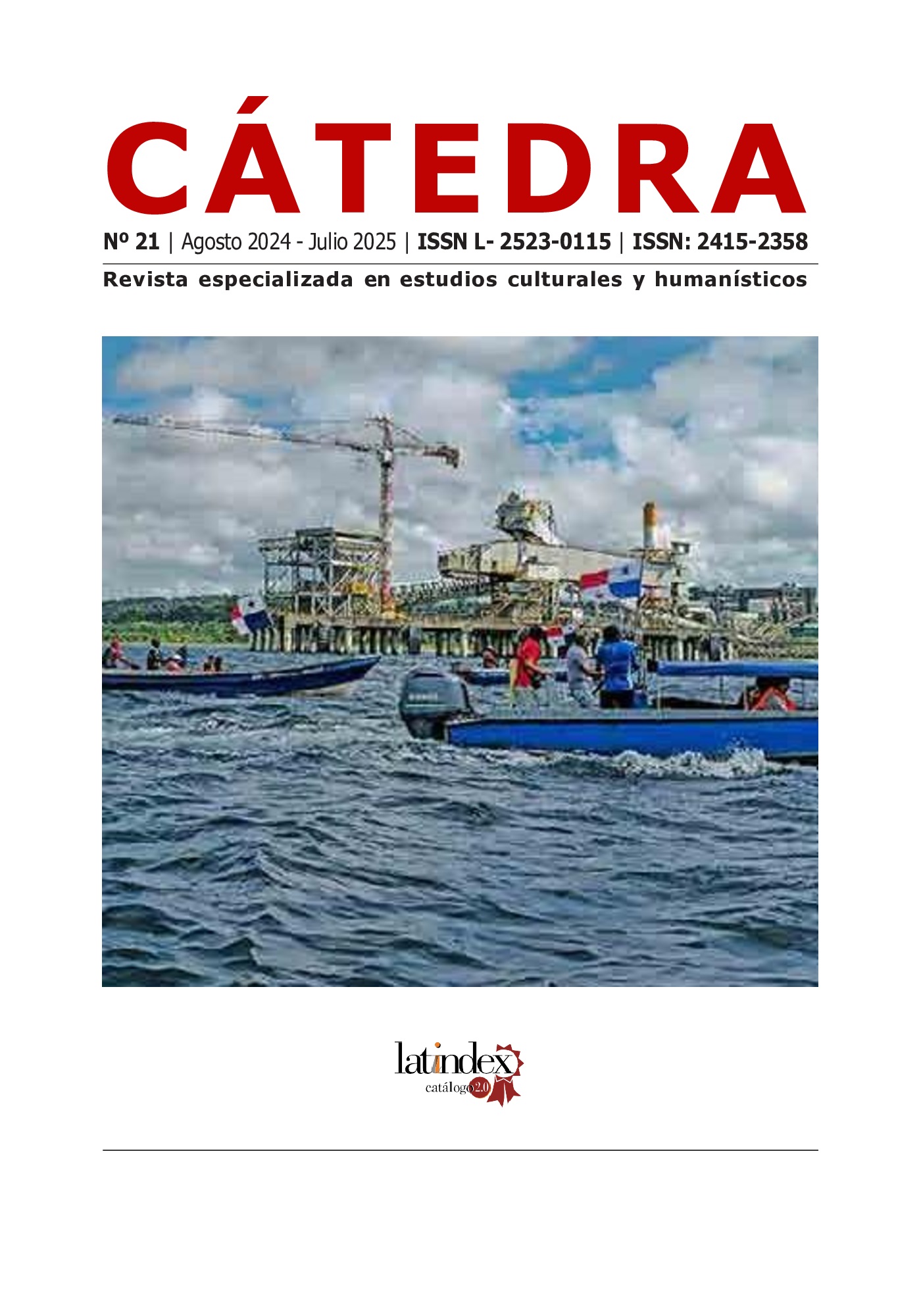

Copyright (c) 2024 Cátedra

This work is licensed under a Creative Commons Attribution-NonCommercial-ShareAlike 4.0 International License.
This text is an approach to the representation of the Afro-Panamanian population in the country's visual arts. Faced with a rather conservative environment in the artistic field, dominated by portraiture in the 19th century, representing black people was mainly done by traveling artists who passed through Panama. This exclusion from representation ends with the murals of Van Ingen, in the old Canal Zone, and the photographs of Carlos Endara, which were the avant-garde in the country at the beginning of the 20th century. But it is, in the second half of the 20th century, when young artists come to represent the Afro and indigenous population, already emancipated from the romantic masters of national painting.